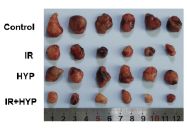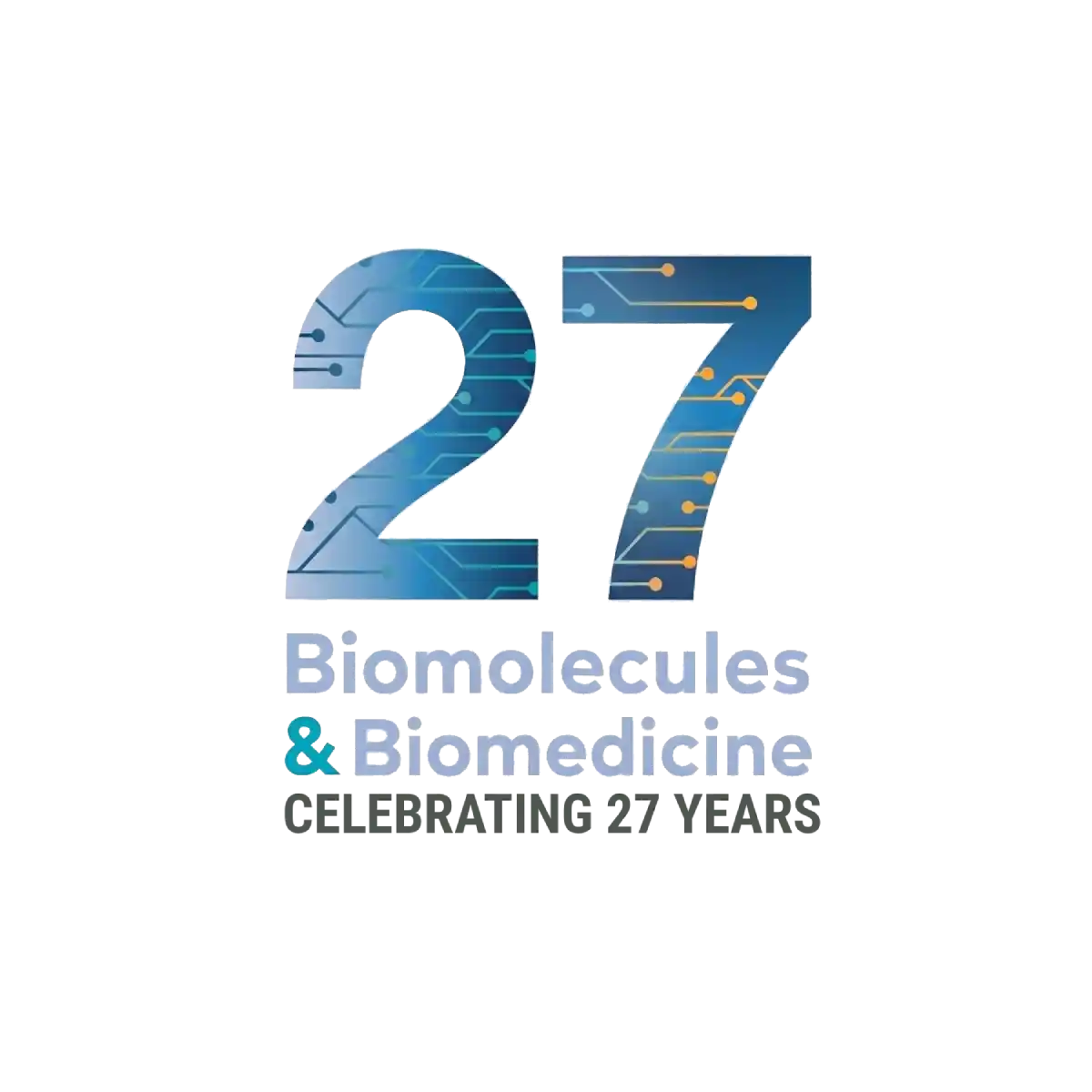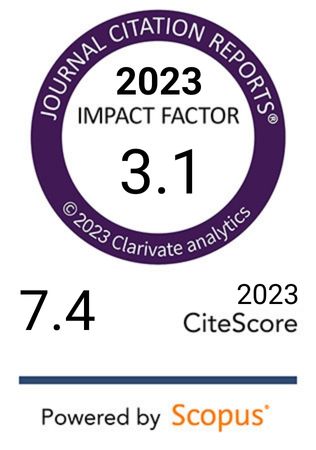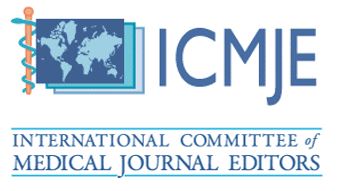Study on the mechanism of hyperoside in affecting the biological progression and radiosensitivity of esophageal carcinoma by modulating the STAT3/AKT/ERK pathway
DOI:
https://doi.org/10.17305/bb.2024.11201Keywords:
Hyperoside, HYP, esophageal carcinoma, EC, STAT3/AKT/ERK pathwayAbstract
Hyperoside (HYP) exhibits diverse pharmacological effects and holds potential for enhancing chemotherapy sensitivity. However, few studies have reported the impact of HYP on the malignant progression of esophageal carcinoma (EC) and its sensitivity to radiotherapy. The impact of HYP on the viability of EC cells (TE-1 and KYSE-150) was assessed using Cell Counting Kit-8 (CCK-8) assays. The biological characteristics and radiosensitivity of EC cells following HYP treatment were evaluated through clone formation experiments, flow cytometry, scratch wound-healing assays, and transwell migration and invasion assays. Western blot analysis was performed to determine the levels of proteins associated with cell death and epithelial-mesenchymal transition (EMT), as well as to explore whether HYP interferes with the radiosensitivity of EC cells via the STAT3/AKT/ERK pathways. Finally, a subcutaneous graft tumor model was constructed to investigate the effects of HYP and X-ray treatments on in vivo tumor growth. The findings indicated a dose-dependent decrease in the survival rate of KYSE-150 and TE-1 cells following HYP treatment. HYP treatment also inhibited cell proliferation, invasion, migration, and EMT, while increasing the apoptotic rate and radiosensitivity of the cells. Notably, HYP suppressed the malignant progression of EC and enhanced radiosensitivity via the STAT3/AKT/ERK pathway. Moreover, HYP impaired the growth of EC tumors in mice, with the combined HYP and X-ray treatment exerting a stronger inhibitory effect. In conclusion, HYP increases the radiosensitivity of esophageal carcinoma cells, offering considerable promise for application in the clinical treatment of EC.
Citations
Downloads

Downloads
Published
Issue
Section
Categories
License
Copyright (c) 2024 Hongmei Yin, Yating Zheng, Zhongxia Yuan, Xiumei Han, Die Jiang, Duojie Li, FengLi Song

This work is licensed under a Creative Commons Attribution 4.0 International License.









